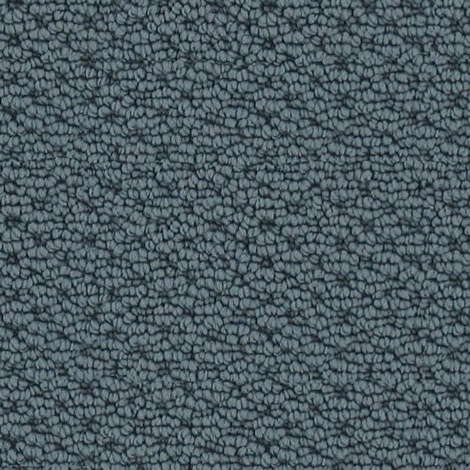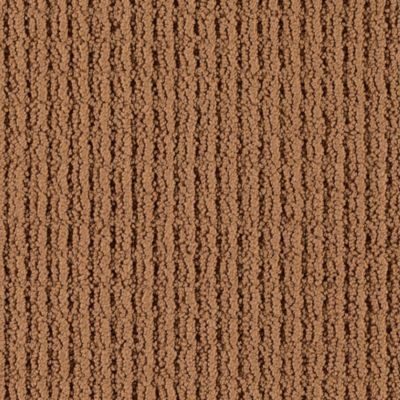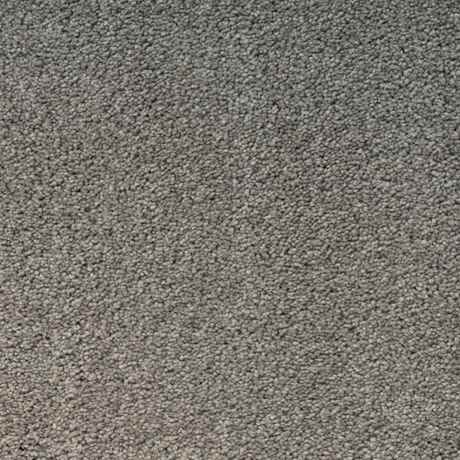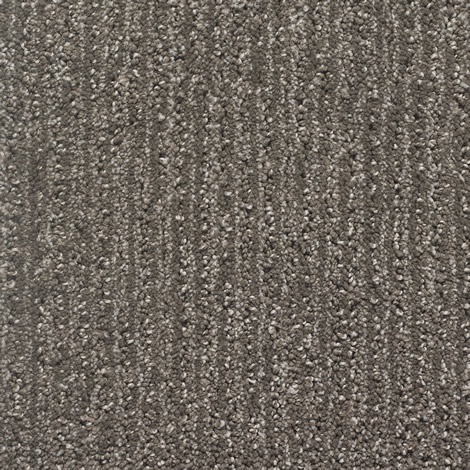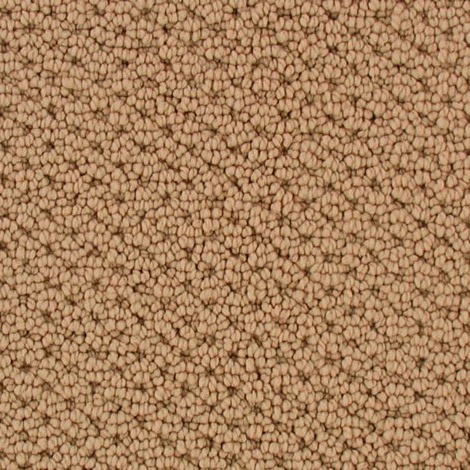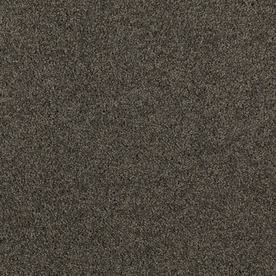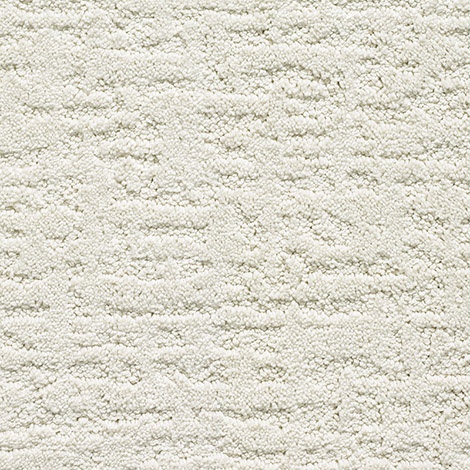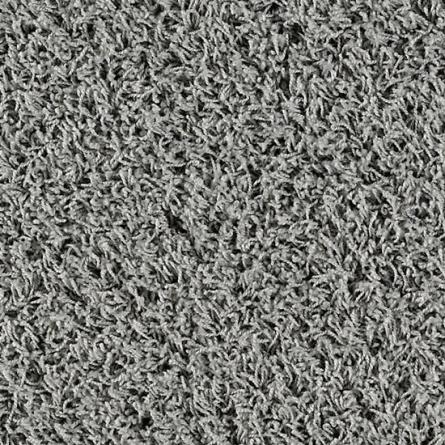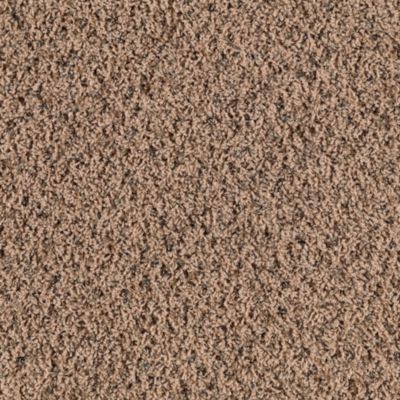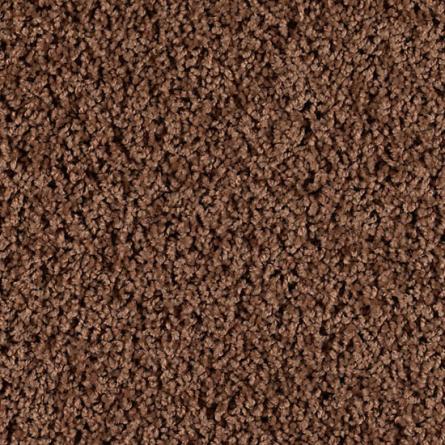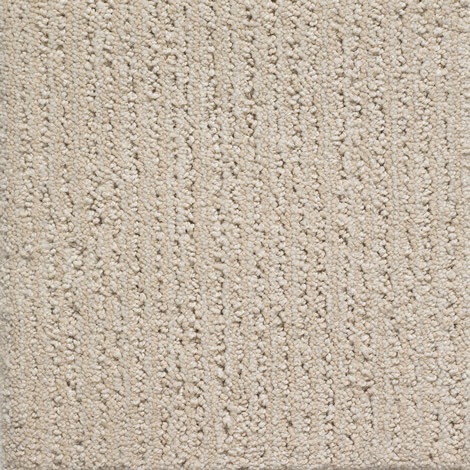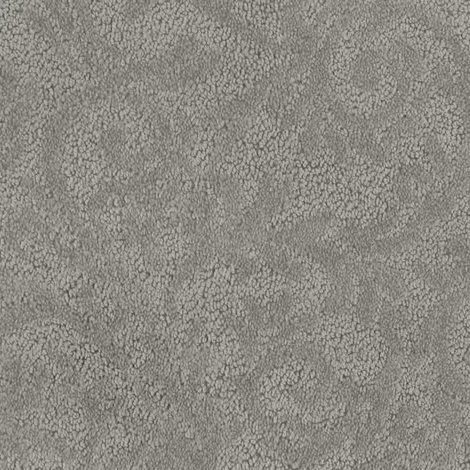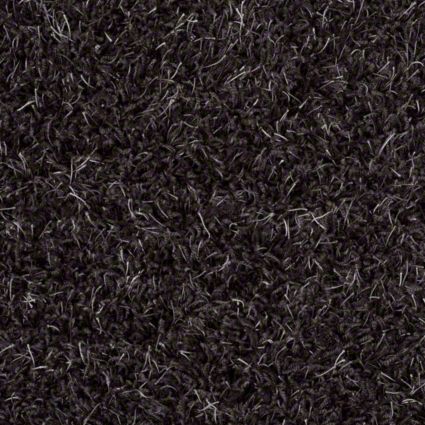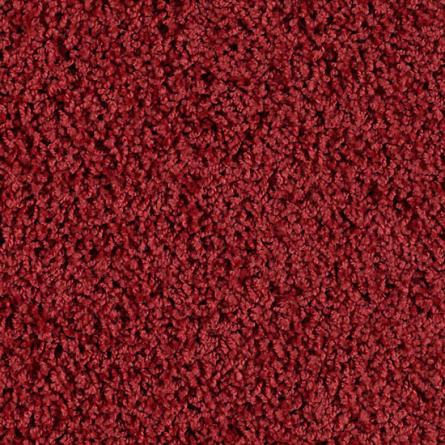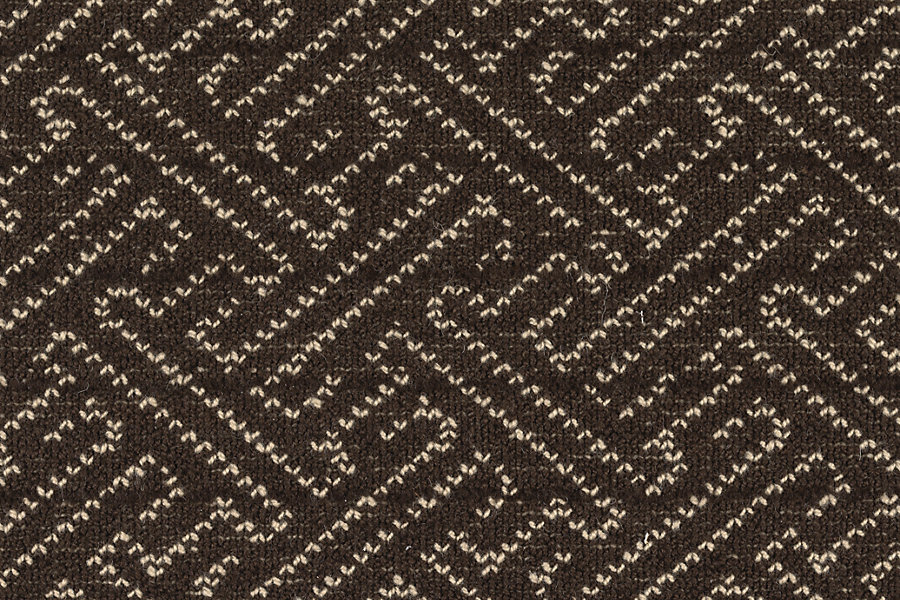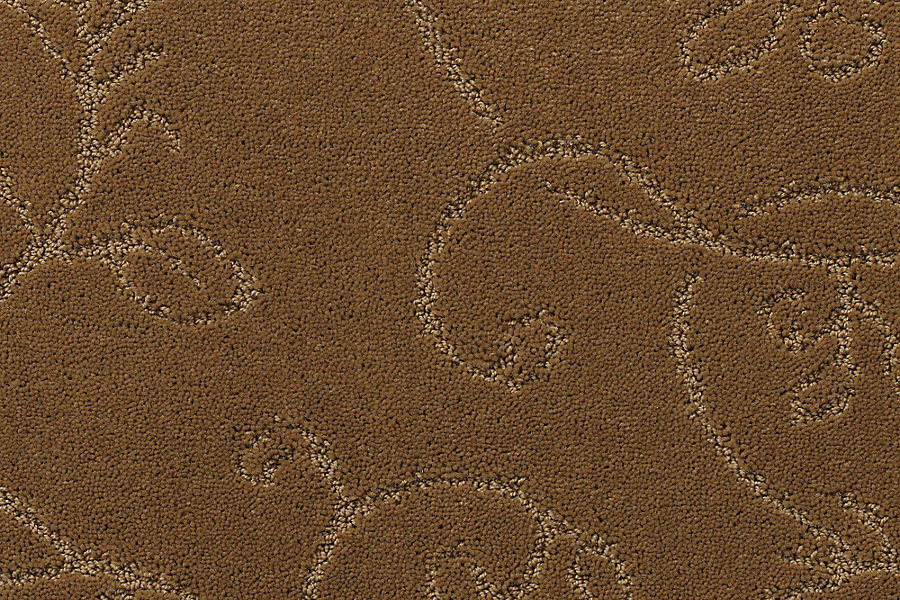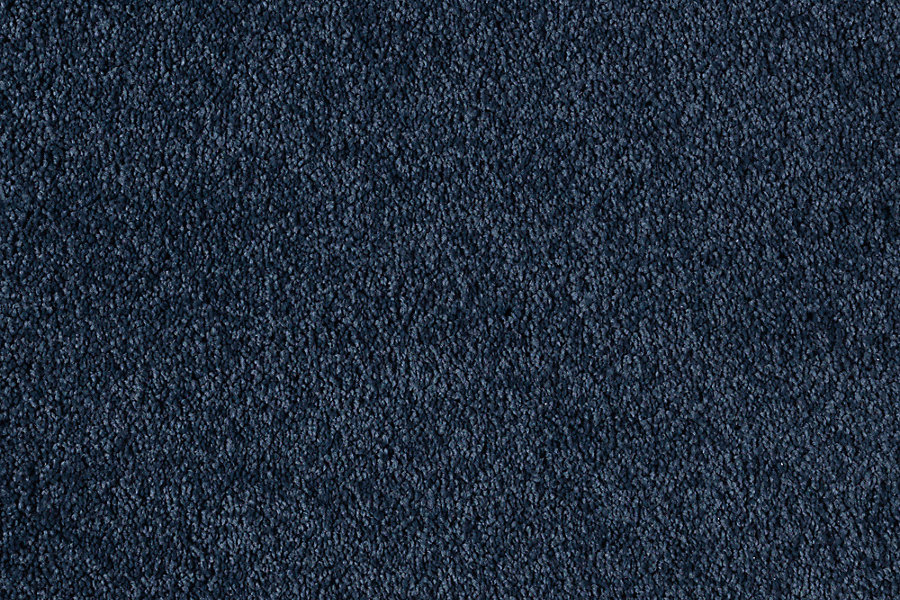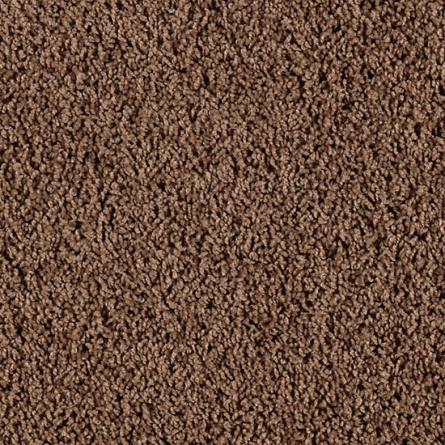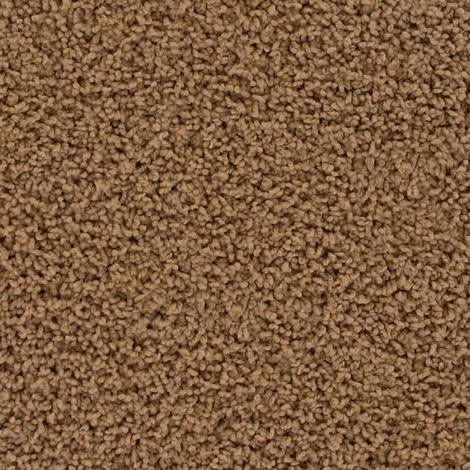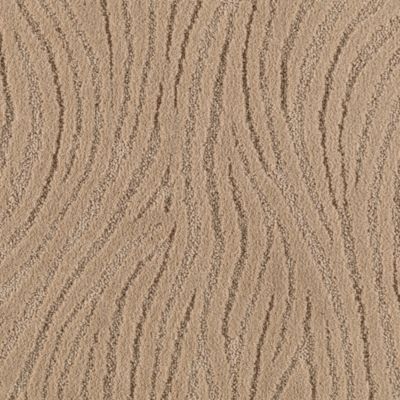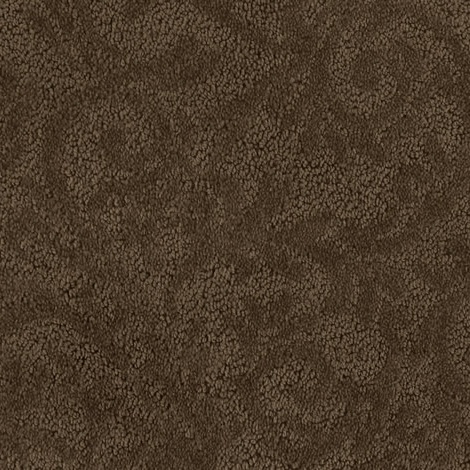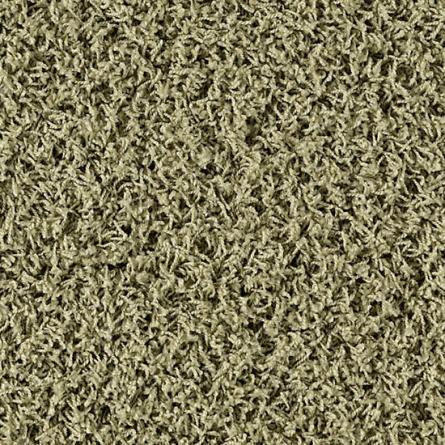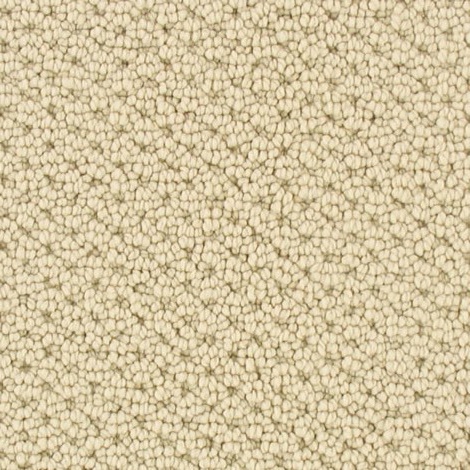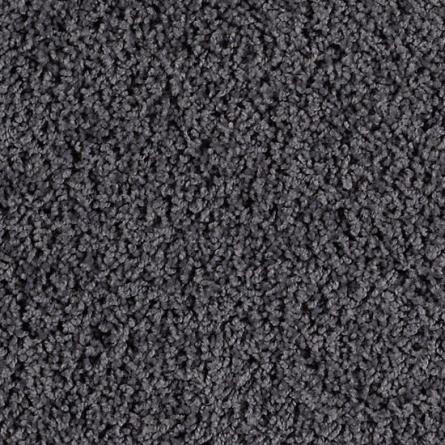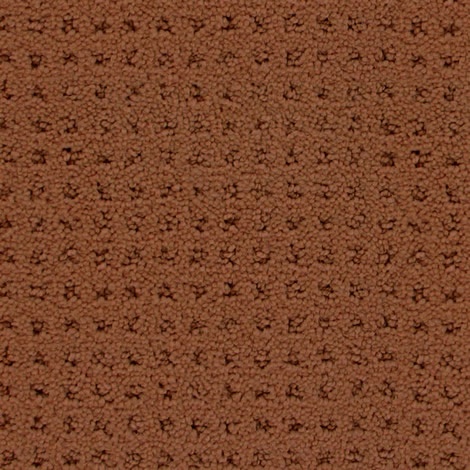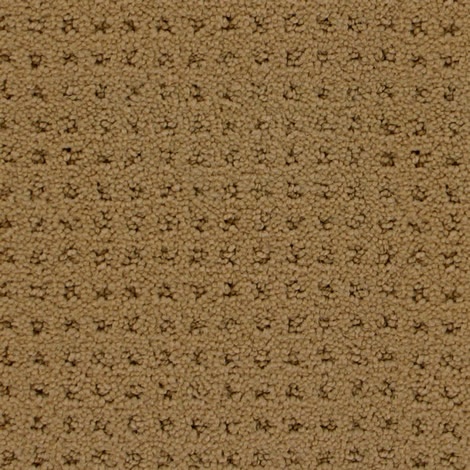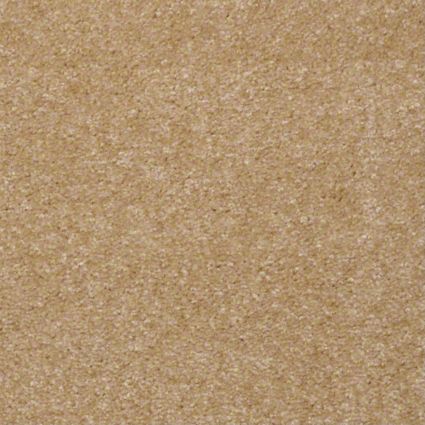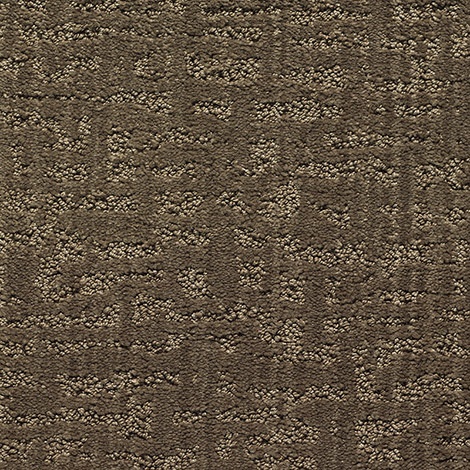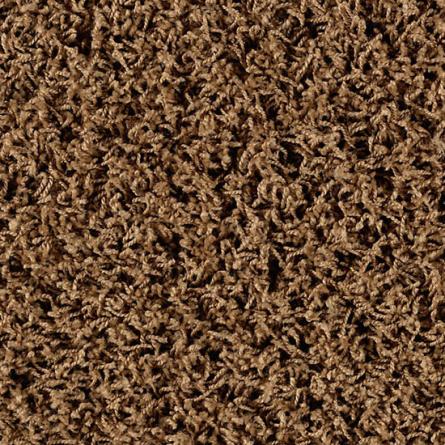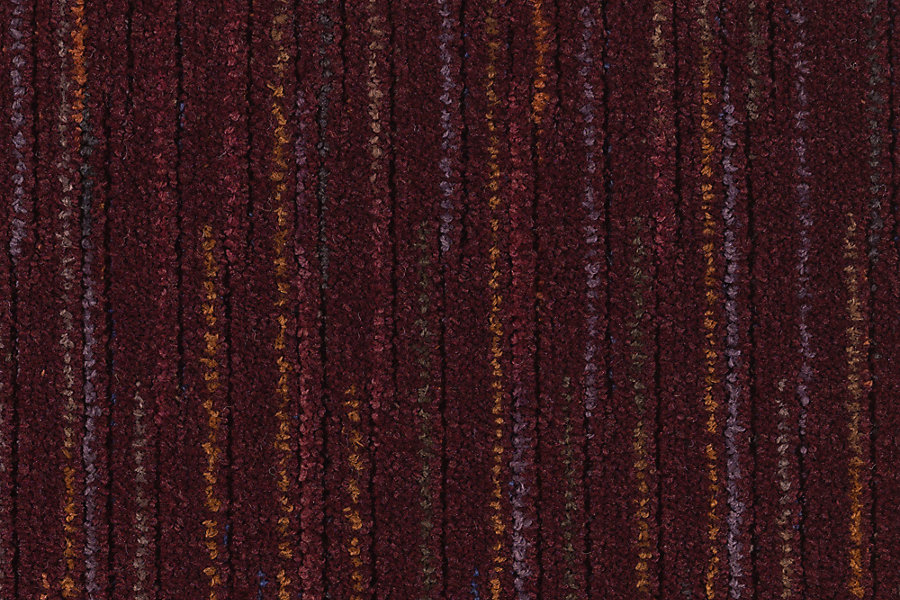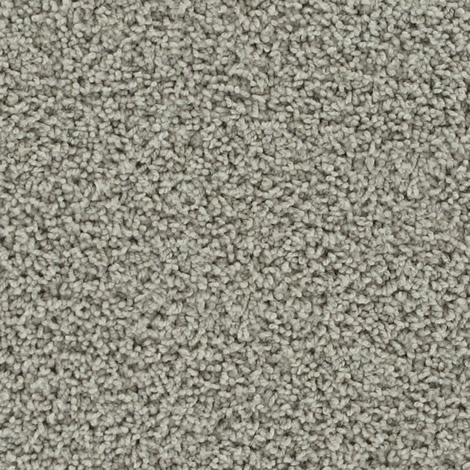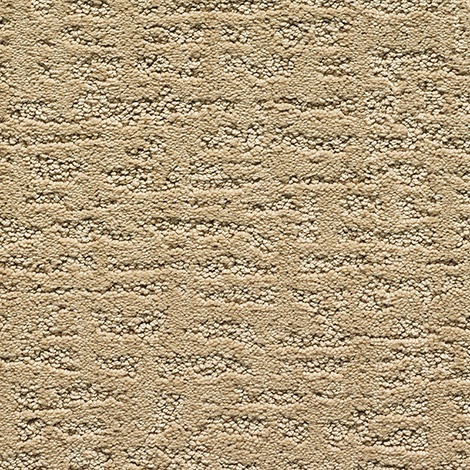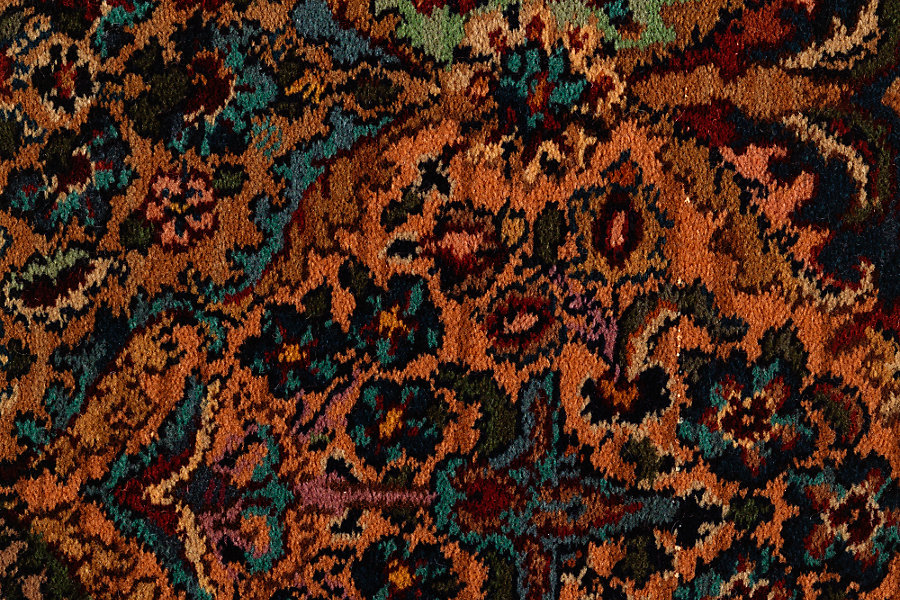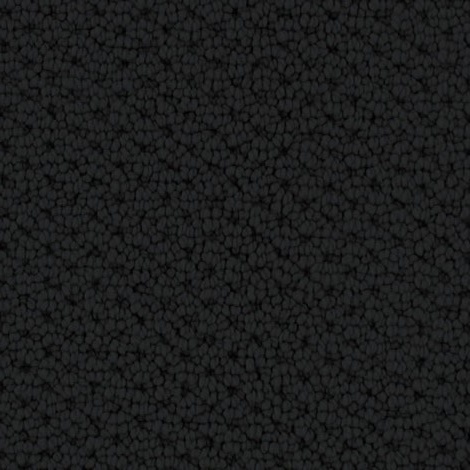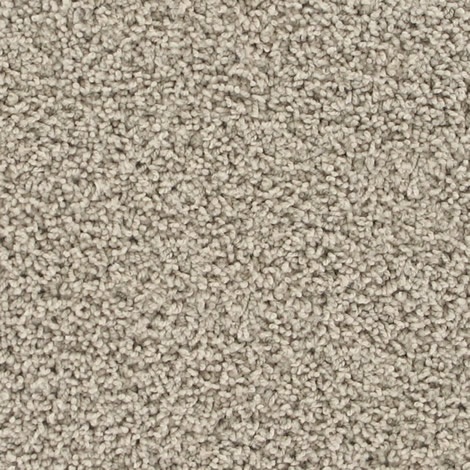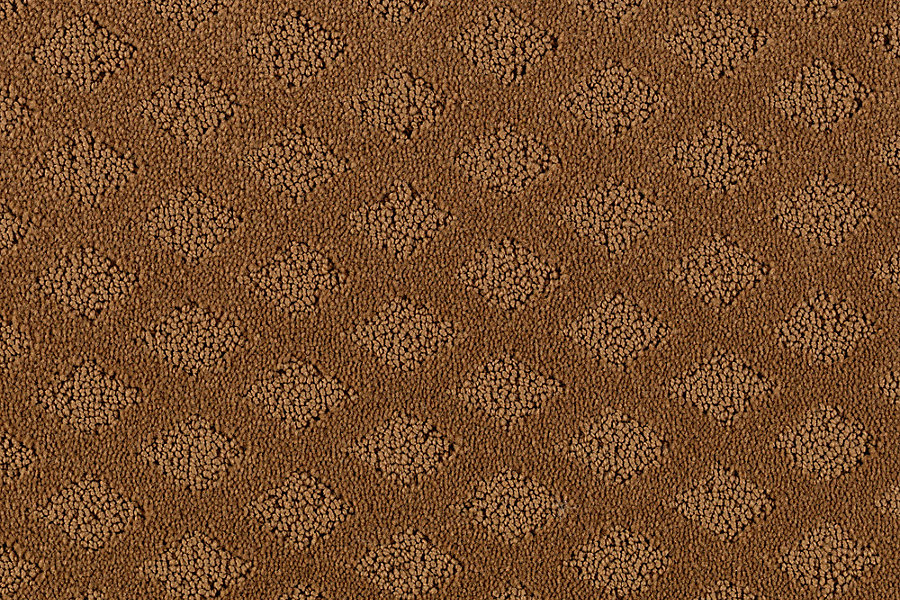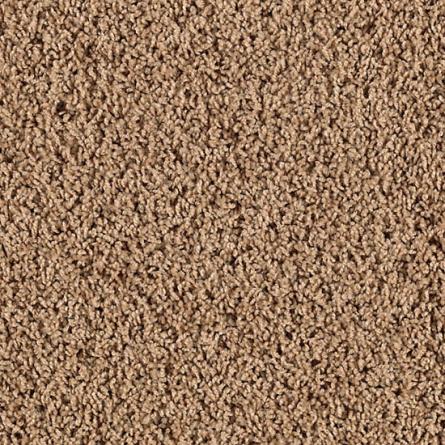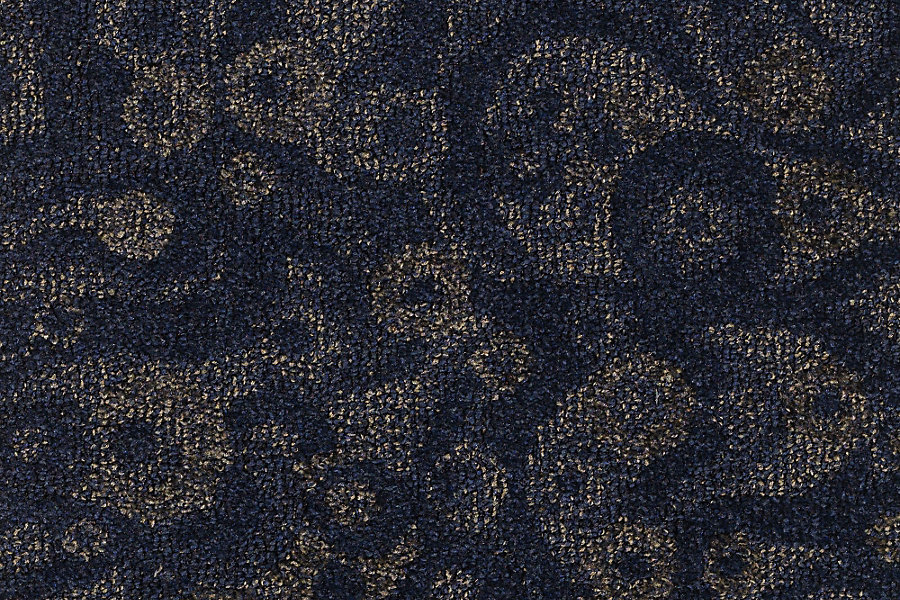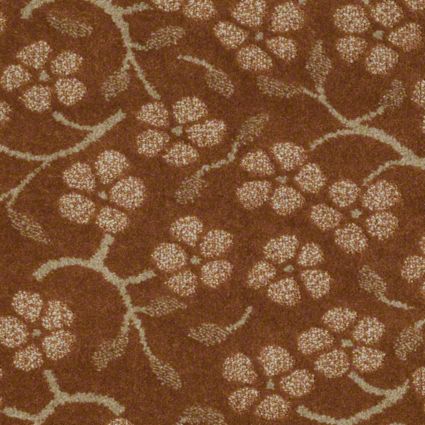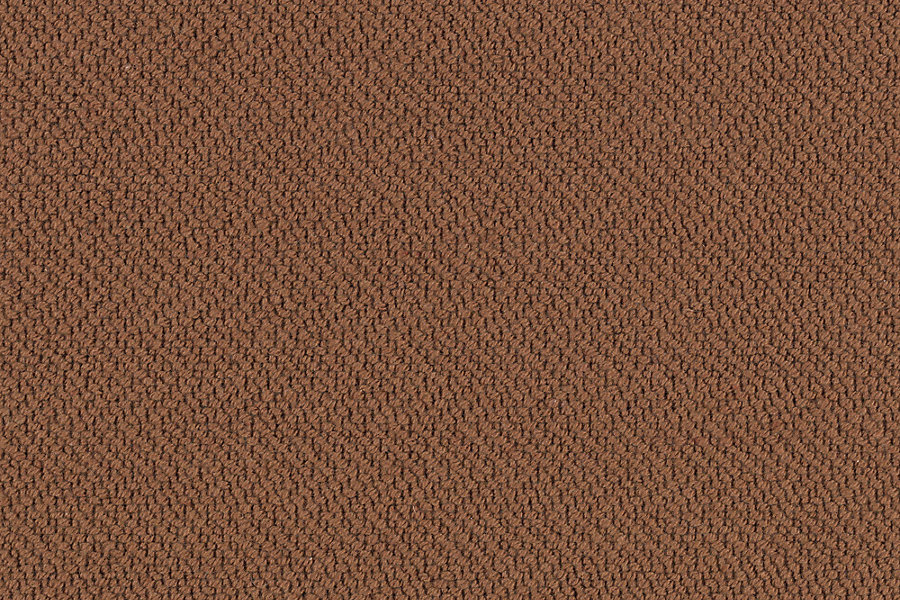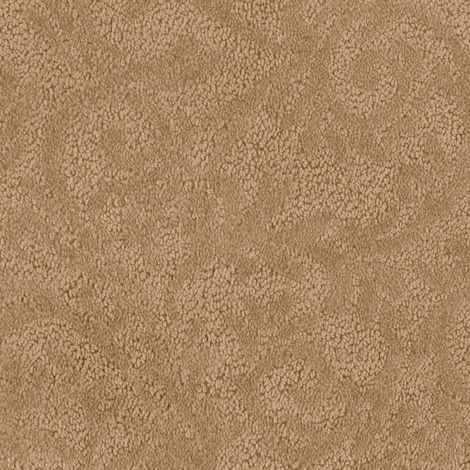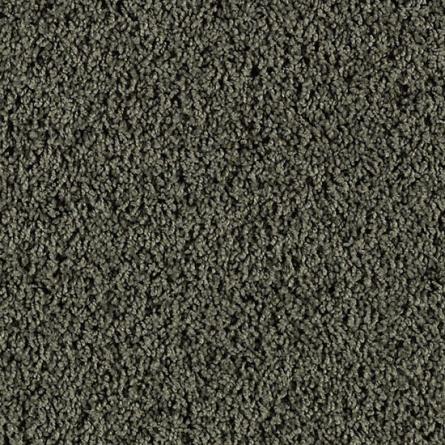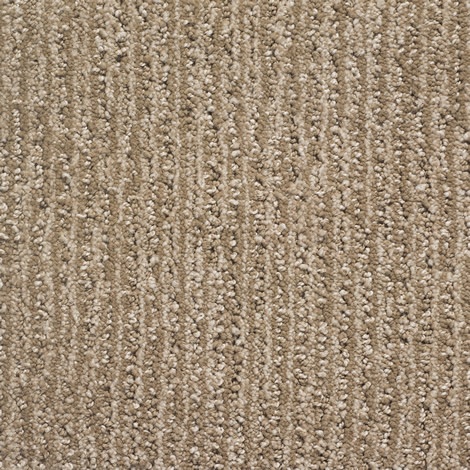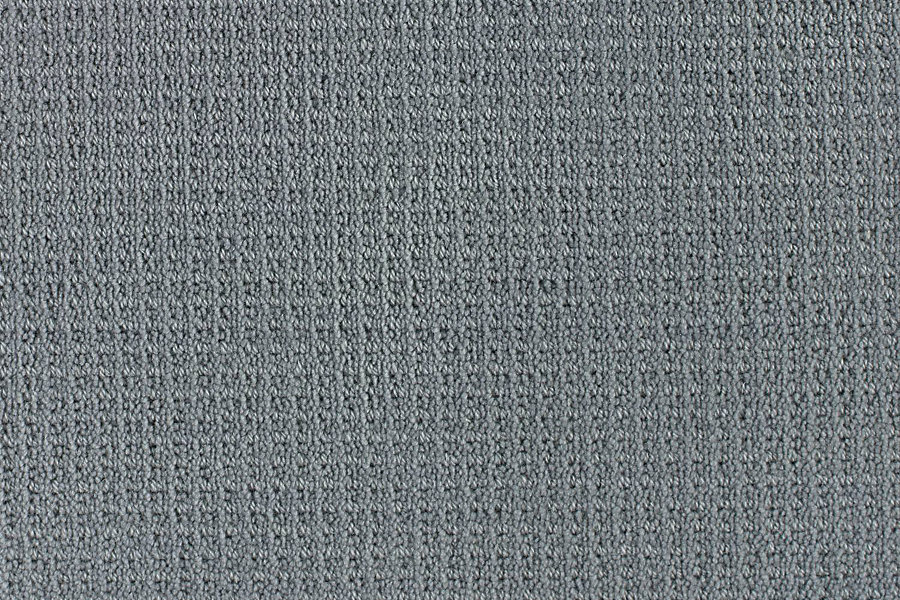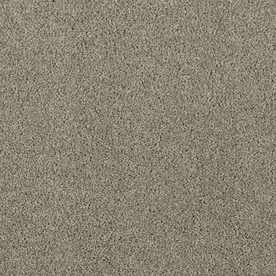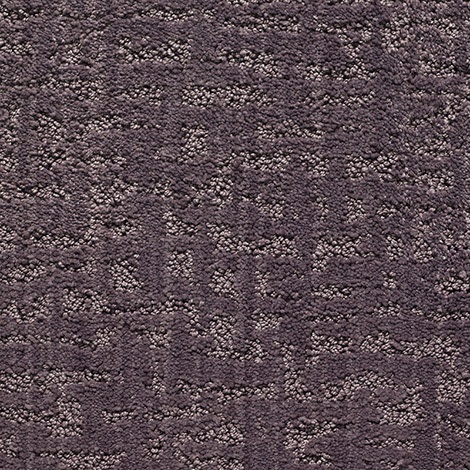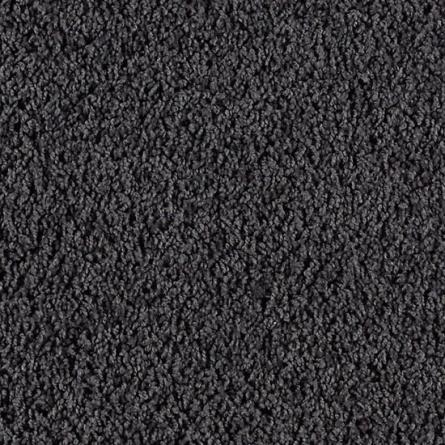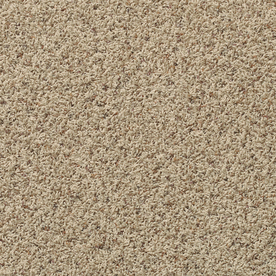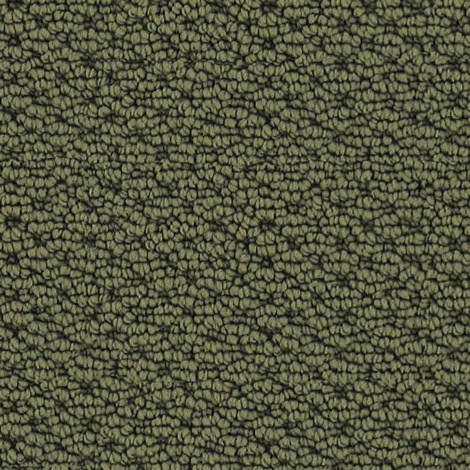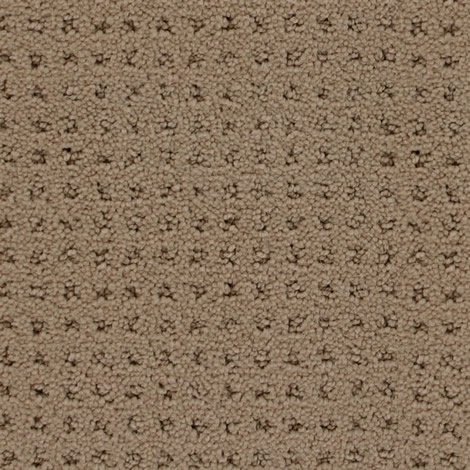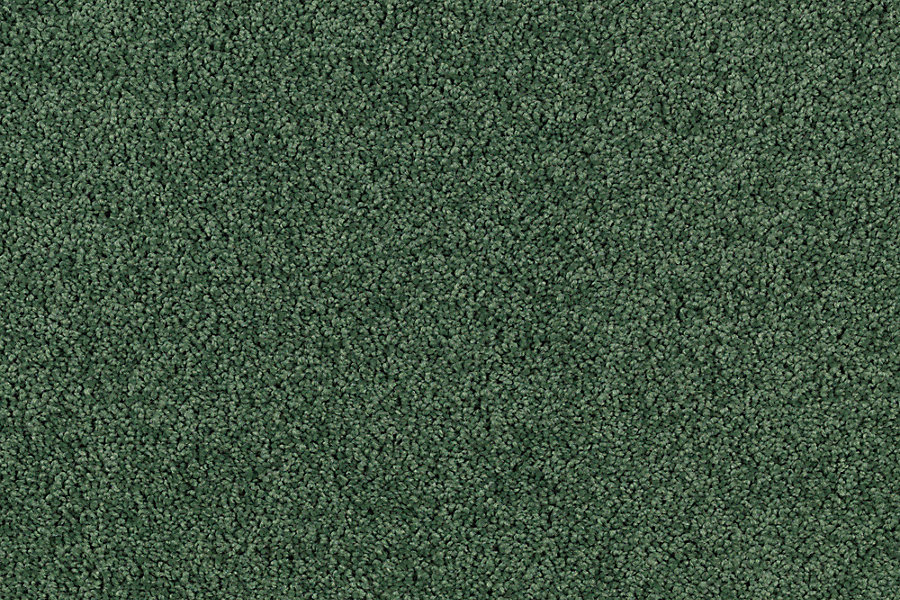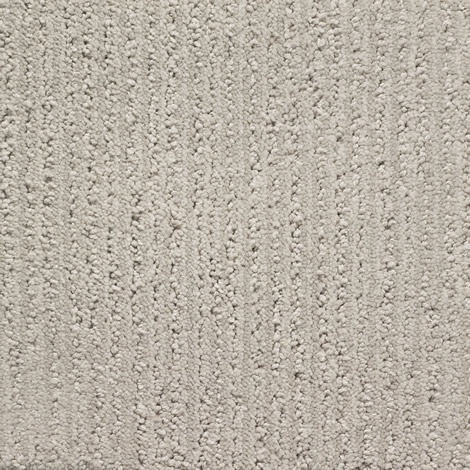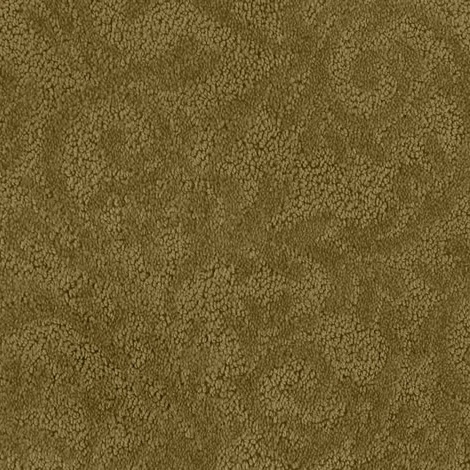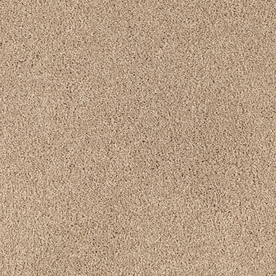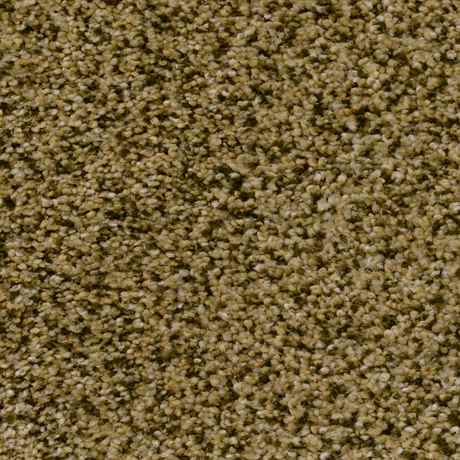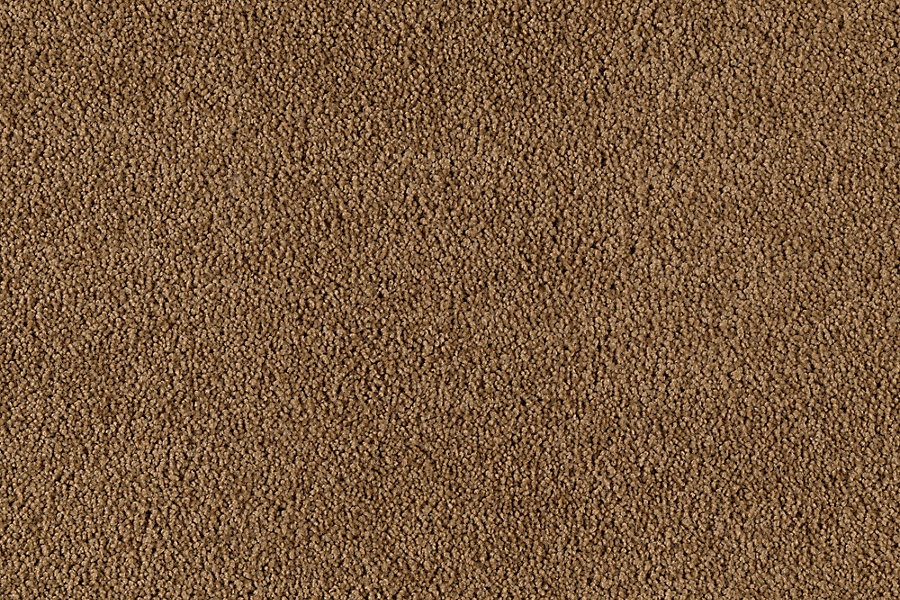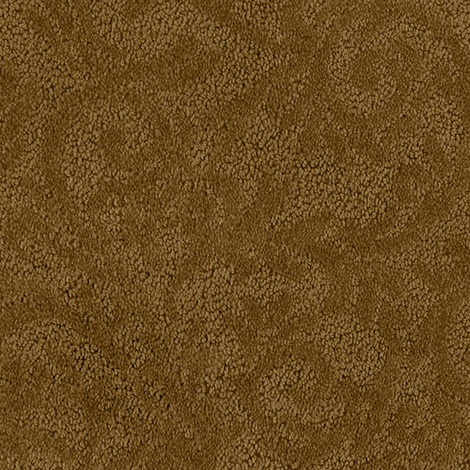Carpeting
Buying the right carpet for a room in your home involves more than finding a style in the color you like. You first will need to consider your lifestyle—what you typically do in that room—location, material, construction, and upkeep. Carpet manufacturers have responded to homeowners’ desire for great looks, value, and easy maintenance with many innovations and options in recent years.
Carpet is one of the softest flooring materials available, providing a cushioned surface for your feet in almost any location. It’s important to know the characteristics of the different types of carpeting available, to ensure you get a style that’s appropriate for your installation space. Carpet represents the best value in floor covering.
For a complete list of Rite-Loom Flooring carpet and area rug manufacturers, click here
Carpet Fiber Types:
The type of fiber used determines the basic performance and appearance of the carpet. The biggest trend today is: soft. Homeowners seek comfort, and carpet offers a cushion underfoot. It also suppresses noise. The fiber content is usually listed on a specification sheet on the back of the sample. There are a variety of synthetic and natural fibers which are used in the construction of carpets. Below you will find the five most common materials.

Nylon Carpets
Very soft, durable, and resistant to stains, nylon is the most popular carpet material and is used in roughly three quarters of all manufactured pieces. Nylon comes a close second to wool in terms of performance and feel, but on average it costs less. This versatile fiber offers plenty of variety in styles and construction: frieze, textured, shag, loop cut loop (LCL) all can be made from nylon. It has excellent soil resistance, colorfastness and resilience, which allows it to bounce back, making it a suitable just about anywhere. Some of it can be recycled once into another nylon carpet if the manufacturer so chooses.

Polypropylene Carpets
Almost as soft as nylon, these fibers are extremely resilient and resistant to stains, mildew, and shedding. Previously called olefin, polypropylene is a solution-dyed synthetic that is both water- and stain-resistant, making it a good choice for indoor/outdoor carpeting. Because it is solution-dyed, it will not fade, making it good for rooms that get a lot of light or traffic from the outside or from a chlorinated pool. Because it is less resilient than nylon, it is best used in low-pile carpets such as Berbers (low, loop-pile carpeting with flecks of different colors).
Carpet Pile
Carpets are made of fibers that are cut, looped or cut and looped. By looping this yarn through a piece of backing material in a movement that is similar to sewing a button on a shirt, carpets are made. These loops can then either be left intact or cut at various angles. Cut pile achieves its durability through the type of fiber used, density of tufts and the amount of twist in the yarn. The greater the twist of the fiber used, the more resilient the shape of the fiber, making the carpet suitable for high-traffic areas. Once upon a time, as pile height increased, the carpet became softer and more luxurious but also harder to clean. Today, with improved technology and fiber systems, most styles combine softness with durability. The more texture there is in a carpet, the more forgiving it is for foot and fingerprints, everyday dirt, and overall wear. Below you will find the most common carpet pile types available for your flooring.
Berber pile:
 Also known as “loop pile”. This method leaves the entire loop intact on the surface of the piece. There are level loops and multilevel loops and because the yarn tips aren’t exposed, these carpets tend to wear extremely well, making them good for high-traffic areas, such as hallways and family rooms. These carpets tend to be not only highly durable, but also easy to clean, and resistant to stains, making them perfect for high traffic commercial applications. Uncut pile carpets also don’t show indentations caused by footprints and vacuum marks.
Also known as “loop pile”. This method leaves the entire loop intact on the surface of the piece. There are level loops and multilevel loops and because the yarn tips aren’t exposed, these carpets tend to wear extremely well, making them good for high-traffic areas, such as hallways and family rooms. These carpets tend to be not only highly durable, but also easy to clean, and resistant to stains, making them perfect for high traffic commercial applications. Uncut pile carpets also don’t show indentations caused by footprints and vacuum marks.
Multi-level loop pile:
 This style usually has two to three different loop heights to create pattern effects, providing good durability and a real dimensional look. The drawback is these carpets tend to be less soft and padded than their cut counterparts. Also the loops can be a snagging hazard if you have pets or small children.
This style usually has two to three different loop heights to create pattern effects, providing good durability and a real dimensional look. The drawback is these carpets tend to be less soft and padded than their cut counterparts. Also the loops can be a snagging hazard if you have pets or small children.
Cut carpet (Saxony) pile:
 This method tends to produce very soft, pleasant looking carpets that are easy to clean. Different styles can be created by changing the angle of the shearing that slices the loop, or by using different treatments on the thread before and after it is inserted into the backing. The drawback is that the rigid nature of the threads makes it easier to see foot marks and vacuum trails. It also makes wear and tear more obvious, which means that these carpets need to be replaced more often. Saxony is probably the most iconic carpet pile, featuring individual strands standing straight up and down to create a plush, fuzzy surface. The drawback to this style is the fact that those strands can be crushed down by feet and vacuums, leaving impressions in its surface. It is also susceptible to wear and tear, as well as staining. Saxony carpets should only be used in low traffic areas, it’s refined surface is well-suited to living and dining rooms. Textured Cut Pile is also called “trackless” because it doesn’t show footprints and other marks in its surface as much as Saxony pile carpets. This is accomplished by taking individual yarns and twisting them into spirals, which are set using heated steam. The spiral strands do not reflect light as much as straight ones, and so when they are crushed down by a heavy object it’s not as noticeable. This is one of the most decoratively versatile carpets and is suitable for mid to high level traffic areas making it a preferred style for busy households, a great “whole-house” carpet.
This method tends to produce very soft, pleasant looking carpets that are easy to clean. Different styles can be created by changing the angle of the shearing that slices the loop, or by using different treatments on the thread before and after it is inserted into the backing. The drawback is that the rigid nature of the threads makes it easier to see foot marks and vacuum trails. It also makes wear and tear more obvious, which means that these carpets need to be replaced more often. Saxony is probably the most iconic carpet pile, featuring individual strands standing straight up and down to create a plush, fuzzy surface. The drawback to this style is the fact that those strands can be crushed down by feet and vacuums, leaving impressions in its surface. It is also susceptible to wear and tear, as well as staining. Saxony carpets should only be used in low traffic areas, it’s refined surface is well-suited to living and dining rooms. Textured Cut Pile is also called “trackless” because it doesn’t show footprints and other marks in its surface as much as Saxony pile carpets. This is accomplished by taking individual yarns and twisting them into spirals, which are set using heated steam. The spiral strands do not reflect light as much as straight ones, and so when they are crushed down by a heavy object it’s not as noticeable. This is one of the most decoratively versatile carpets and is suitable for mid to high level traffic areas making it a preferred style for busy households, a great “whole-house” carpet.

Polyester Carpets
These fibers are prized because they are able to hold vibrant, dramatic colors that do not fade much over time. They are non-allergenic, and in many cases this material is crafted from recycled plastic bottles making it eco-friendly. The only drawback is that it’s susceptible to having its fibers flattened under repeated exposure to weight, making it a bad choice for high traffic areas. Polyester is noted for its soft hand, or texture, especially when used in a luxurious thick pile. It is a good value choice, as its styling attributes are competitive with nylon—it can be made into loop or cut loop, and it takes color extremely well. But it’s not as resilient. Soil resistant and easy to care for, it’s suitable for bedrooms as well as playrooms.

Wool Carpets
Wool, the granddaddy of all soft floor coverings, retains its legacy of luxury. This is a natural, luxurious, long lasting material that is the softest carpet fiber you can find. It is truly the original green floor covering product. Unfortunately low grade wool is more susceptible to staining, while high grade wool is extremely expensive. Some manufacturers combine wool with synthetic fibers in order to create a carpet with the benefits of both. Natural and made from woven construction, it offers a greater range of designs, detail, and color than a traditional tufted carpet. Expect good stain resistance as long as you treat it as soon as something is dropped on it. It also has inherent flame retardant characteristics.

SmartStrand
One of the newest fibers to hit the market, SmartStrand combines the performance characteristics of polyester and nylon: durable, stain and soil resistant, easy to clean, colorfast, fade-resistant, and soft. It’s made from a polymer, 37 percent of which is created from corn, a renewable resource.
Level loop pile:
 Loops are the same height, creating a uniform look. This style generally lasts a long time in high-traffic areas. Many of today’s popular Berber styles are level loop styles with flecks of a darker color on a lighter background.
Loops are the same height, creating a uniform look. This style generally lasts a long time in high-traffic areas. Many of today’s popular Berber styles are level loop styles with flecks of a darker color on a lighter background.
Cut-Loop pile:
 Just as the name implies, this carpet style combines cut and looped yarns. Look for a variety of surface textures, including sculptured effects of squares, chevrons and swirls. The multicolor effects help to conceal soil and stains.
Just as the name implies, this carpet style combines cut and looped yarns. Look for a variety of surface textures, including sculptured effects of squares, chevrons and swirls. The multicolor effects help to conceal soil and stains.
Frieze cut pile:
 Has a “curly” textured surface due to the individual strands that are tightly twisted and kinked, causing them to curl erratically across the surface of the carpet. This is a highly durable style that tends to hide dirt and wear, minimize footprints, and vacuum marks, and is suitable for high traffic and commercial settings. Shag: Popular for retro applications, shag is a type of frieze, with a very tall pile height. Cable: Also similar to a frieze, but some fibers are thick and some are thin, for a varied appearance.
Has a “curly” textured surface due to the individual strands that are tightly twisted and kinked, causing them to curl erratically across the surface of the carpet. This is a highly durable style that tends to hide dirt and wear, minimize footprints, and vacuum marks, and is suitable for high traffic and commercial settings. Shag: Popular for retro applications, shag is a type of frieze, with a very tall pile height. Cable: Also similar to a frieze, but some fibers are thick and some are thin, for a varied appearance.
Plush carpet pile:
 This rich, dense and luxurious pile is sometimes called “velvet cut pile” this style features short, densely packed fibers in order to create a luxurious carpet surface. Unfortunately this carpet style is fairly temperamental it can show footprints, scuffing, and vacuum marks easily, and is prone to wearing down. This should only be used in a luxurious, low traffic setting, or formal settings.
This rich, dense and luxurious pile is sometimes called “velvet cut pile” this style features short, densely packed fibers in order to create a luxurious carpet surface. Unfortunately this carpet style is fairly temperamental it can show footprints, scuffing, and vacuum marks easily, and is prone to wearing down. This should only be used in a luxurious, low traffic setting, or formal settings.
Selected Carpeting Samples
Click on the image to view a slideshow


